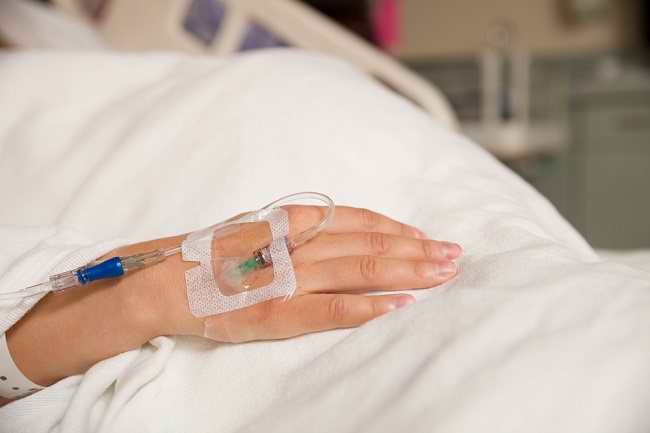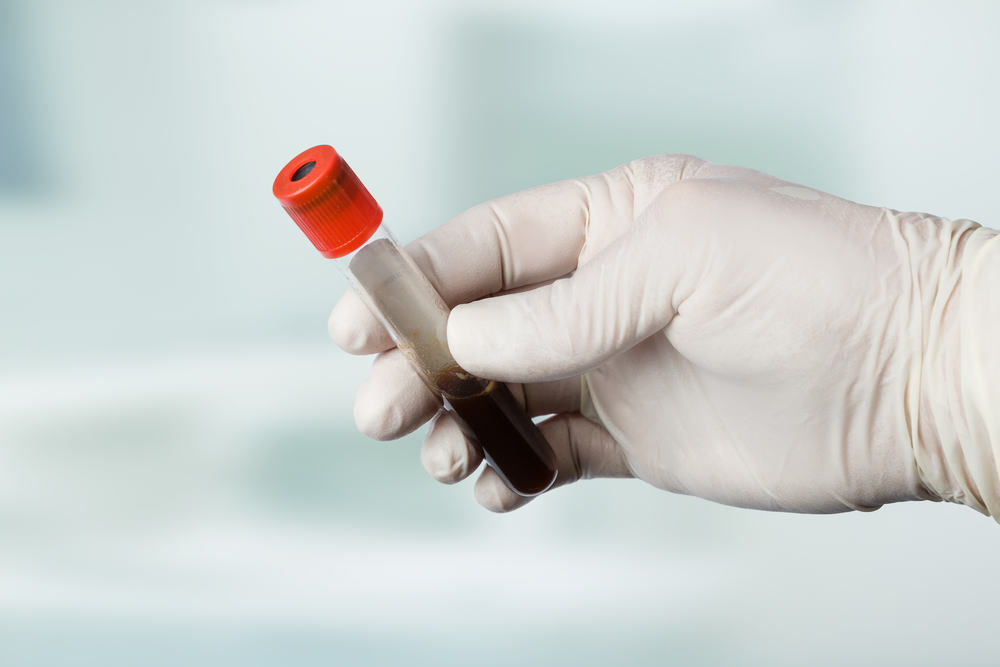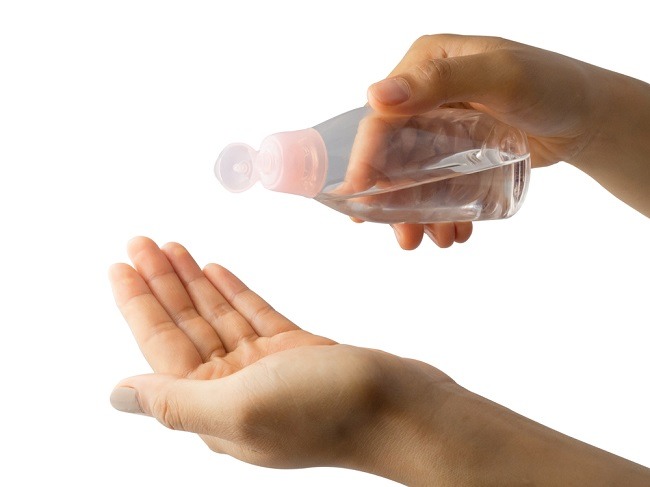TB MDR or multidrug-resistant tuberculosis is a type of tuberculosis that is resistant to the 2 most powerful antituberculosis drugs, namely isoniazid and rifampin. In 2018, the Ministry of Health of the Republic of Indonesia and WHO estimated that there were around 23,000 MDR TB sufferers in Indonesia.
Transmission of tuberculosis between humans and improper handling can trigger the bacteria that cause tuberculosis to develop resistance to the antituberculosis drugs given.

However, this does not mean that this condition cannot be treated at all. Through proper treatment, MDR TB sufferers can recover from their illness.
Causes of MDR TB
There are various factors that can cause immunity or resistance of bacteria to tuberculosis drugs or MDR TB, including:
- TB patients do not complete treatment completely
- Giving the wrong drug, both type of drug, dose, and duration of TB treatment
- Poor quality of medicine
- Lack of availability of TB drugs
MDR TB is also more at risk for someone who has previously been exposed to TB, has a weak immune system, has contact with people with MDR TB, and comes from an area with high cases of drug-resistant TB.
How to Control MDR TB
Control of MDR TB cases in Indonesia begins with the discovery of suspected drug-resistant TB cases. A person is suspected of having drug-resistant TB if they have the following conditions:
- TB patients fail to treat
- TB germs are still positive after 3 months of treatment
- TB patients who return to treatment after neglecting treatment (loss to follow-up)
- TB patients with HIV who do not respond to TB treatment
If you find the above conditions, you need to immediately see a doctor for a follow-up examination. After the doctor conducts an examination and you are declared to have MDR TB, you need to start treatment immediately. The duration of treatment can range from 19–24 months.
However, in certain conditions, such as uncomplicated MDR TB or MDR TB who have not received second-line treatment, WHO recommends a shorter course of treatment, which is 9–12 months.
TB symptoms will generally improve within a few months after treatment. However, MDR TB sufferers must always undergo close evaluation and monitoring during the recovery period and undergo treatment to completion.
Medical personnel must also follow all the steps to treat TB that have been determined, and ensure that patients suspected of TB are diagnosed immediately and receive proper treatment guidelines.
In order to prevent MDR TB, the government encourages all TB service providers in all health facilities to provide TB services according to standards and increase awareness through early case finding and ensuring quality TB services.
If you think you have been exposed to or have symptoms of TB and MDR TB, immediately go to a doctor for a medical examination so that the doctor can diagnose early and treat MDR TB properly.









